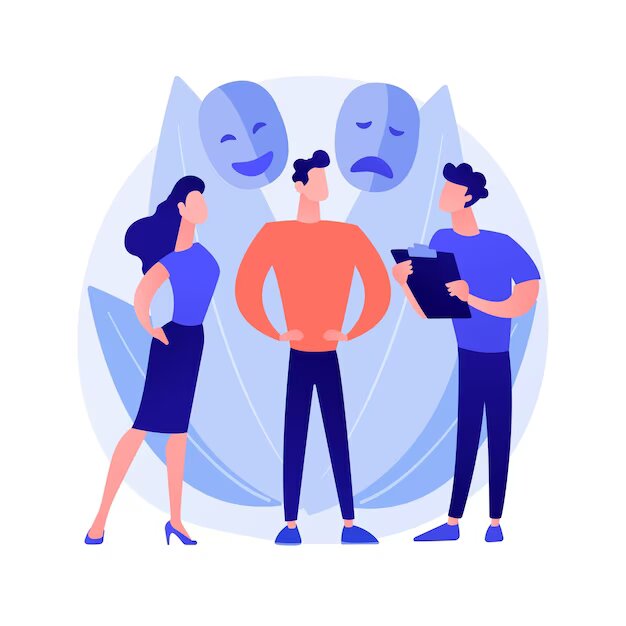Recently, technology-oriented business operation and dealing with customers has already changed the idea and aspect of various industries and businesses. The era of ‘tech tipping’ has begun. But, the question here prevails as is it really helpful of is depleting the growth rate of many businesses as tech tipping is really frustrating at some point? Lets dig deep into what do you mean by tech tipping? ‘Tech tipping’ is pressuring consumers to tip for more purchases beyond cultural expectations.

According to a survey report, 53% of surveyed consumers encountered a tip screen at a business that didn’t previously ask for tips. 82% have seen tip screens at quick service restaurants. Asking for more and more amount of tip is really angering customers. Tech tipping, while designed to enhance convenience and streamline the payment process, can sometimes inadvertently lead to customer alienation due to a variety of factors. Here’s how tech tipping might have unintended consequences that alienate customers:
1.Lack of Personal Connection: Traditional tipping often involves direct interaction between the customer and the service provider. With tech tipping, this personal connection is diminished as customers complete transactions through digital platforms. This can lead to a sense of detachment and less emotional investment in the service.
2.Automated Nature: Tech tipping is often automated, with predetermined tip percentages or suggested amounts. This automation can make customers feel like they’re being told what to do rather than making a genuine choice, resulting in a reduced sense of autonomy.
3.Social Disconnect: In a traditional tipping scenario, customers hand over cash directly to the service provider, fostering a sense of reciprocity and gratitude. With tech tipping, this social exchange is replaced by a digital transaction, which might be perceived as less authentic.
4.Less Visibility: Traditional tipping allows customers to see the immediate impact of their gratuity on the service provider’s reaction. In contrast, tech tipping might not offer that immediate feedback, making customers wonder if their tip actually reaches the intended recipient.
5.Unpredictable Outcomes: Some customers might be unsure about how much to tip in a tech tipping scenario, leading to feelings of uncertainty and potential guilt. This uncertainty can make the tipping experience less enjoyable.
6.Reduced Emotional Connection: When customers engage in traditional tipping, they often do so with an emotional connection to the service provider, recognizing their efforts. Tech tipping may diminish this emotional aspect, leading to a less meaningful interaction.

7.Minimized Recognition: Digital platforms often suggest pre-set tip amounts, which can minimize the opportunity for customers to demonstrate their individual appreciation for exceptional service. This lack of customization can lead to feelings of alienation.
8.Erosion of Cultural Norms: In some cultures, traditional tipping is a social norm and a way to show respect and appreciation. Tech tipping might disrupt these cultural norms, leading to discomfort or alienation among customers who value these traditions.
9.Perceived Inauthenticity: Some customers might perceive tech tipping as a corporate strategy rather than a genuine act of gratitude. This perception can lead to feelings of alienation and distrust.
In the past year, over half of surveyed consumers have felt confused or manipulated by tip screens, and 70% feel they’re being asked to tip too often. With technological advancements, use of digital tipping through tablets and other gadgets have increased the frustration among the customers. Digitalization, no doubt has expanded profit graph of retailers and big and small businesses but has also some supplementary disadvantages, like asking for tips has added to the frustration of checkout experiences at retail stores, auto shops, ticket desks and even self-checkout kiosks.
Survey tell us that some businesses don’t even care to show the customers as to where their tips are landing. Customers feel manipulated into paying more and more tips for poor or even no service.

In a way, tech tipping is hitting their biggest tippers, hardest. It is adversely affecting small and big businesses. One should know the proper method of asking for tips in businesses as improper method would only harm business. Let us discuss in detail the right ways to use tip screens in businesses:-
1.Clarity and Transparency: Ensure that the tip screen is clear, easy to understand, and transparent about the tipping process. Clearly display suggested tip amounts, explain the purpose of tips, and provide information about how tips are distributed.
2.Customization: Allow customers the option to input a custom tip amount rather than only presenting pre-set percentages. This customization provides a sense of control and allows customers to express their appreciation in a way that feels meaningful to them.
3.No Pressure Approach: Design the tip screen in a way that doesn’t pressure customers into leaving a tip. Avoid using aggressive language or tactics that might make customers uncomfortable or alienated.
4.Informed Decision-Making: Provide context for tipping by explaining how tips support service providers and employees. Highlight the positive impact of tips on the people who deliver the service.
5.Positive Messaging: Craft messaging that focuses on gratitude and appreciation rather than just financial transactions. Use positive language that emphasizes the choice to tip as a way to show appreciation for the service received.
6.Opt-Out Option: Include an easy-to-locate “No Tip” or “Skip Tip” button for customers who choose not to leave a tip. Respecting their choice not to tip is as important as facilitating the tipping process.
7.Minimal Disruption: Ensure that the tip screen doesn’t disrupt the overall flow of the transaction. It should be easy to navigate and not cause delays or confusion.
8.Mobile-Friendly: If applicable, ensure that the tip screen is mobile-friendly for customers who might be completing transactions through mobile devices. The interface should be responsive and intuitive.
9.Educational Elements: Consider including educational elements that explain the significance of tipping and how it supports service employees. This can enhance customer understanding and engagement.
10.Privacy and Security: Prioritize the security and privacy of customer information. Clearly communicate how customer data is used and assure customers that their information is protected.

By implementing these guidelines, businesses can use tech tipping as a tool to enhance customer experiences, foster goodwill, and provide an opportunity for customers to express their appreciation in a way that aligns with their preferences.


